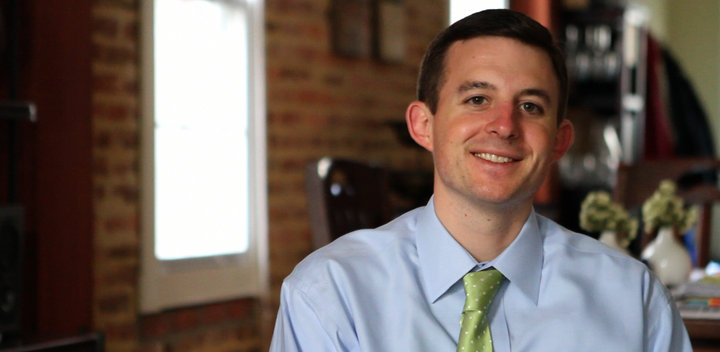Though the Maryland General Assembly is not in session, there was big political news out of Annapolis on Thursday: Senate President Thomas V. Mike Miller Jr. (D-Calvert) announced that he was stepping down from a role he’s held since the 1980s, according to The Washington Post. Miller disclosed last session that he is battling cancer.
Upon the announcement, Democrats in the state senate unanimously endorsed Sen. Bill Ferguson (D-Baltimore City) to rise to the role of senate president. Since Democrats have a large majority in the legislative body, their endorsement effectively marks the selection of its next leader.
Along with a new era that follows Miller’s tenure as the longest-serving president in the body’s history, Ferguson’s ascension marks a number of shifts for the leadership post. While Miller was from Prince George’s County, Ferguson is from Baltimore — specifically District 46, which includes the city’s Inner Harbor, south and southeastern neighborhoods. And at 36 years old, he is 40 years younger than Miller.
“Over the last 8 years, Senator Ferguson has been a fervent advocate for the City of Baltimore, and a dedicated public servant to the residents of Maryland’s 46th District,” Mayor Bernard C. “Jack” Young said in a statement.
Ferguson became a public school teacher in the city upon moving to Baltimore as a Teach for America fellow, and was the youngest member of the Senate ever to be elected on his first election at age 27.
While he’s been a strong advocate on a variety of issues and increasingly taken on leadership roles that cross all constituencies, his attention to technology policy and willingness to work with the tech community has caught our eye over the years. After all, if a legislator proposes a bill on GIS open data, we’re likely to take note.
In the years following his election, Ferguson became “something of a darling of Baltimore city’s tech community,” Technical.ly reported in 2014.
There were signs he worked directly with technologists, as in 2012, when a map showing precinct-level voting data was created by Chris Whong at his request.
Ferguson’s data efforts went statewide in 2014, when he introduced a new statewide open data policy, which passed. It states Maryland data must “be machine-readable and released to the public in ways that make the data easy to find, accessible and usable.” It also created an open data council.
Along with public data, Ferguson has also backed policies governing the innovation economy. In 2015, he sponsored the bill that ended up creating a regulatory framework for ridesharing companies to operate legally in the state. Along with Uber and Lyft, the compromise brought together insurance companies and the taxi industry. Capping a dramatic final week, Ferguson called the legislation a “Sine Die Miracle,” referring to the Latin phrase used in Annapolis to end an annual legislative session.
“Innovation changes the economy,” he told us then.
For the former teacher, public education is a particular area of policy passion. That has extended to technology’s role in education, as well. During Baltimore Innovation Week 2015, Ferguson spoke on a panel right alongside local edtech leaders.
Education in particular will be coming to the fore, as he’s set to take the leadership post in a year when a big part of the debate is expected to concern a new formula for education funding that was recommended by the Commission on Innovation and Excellence in Education, aka the Kirwan Commission.







